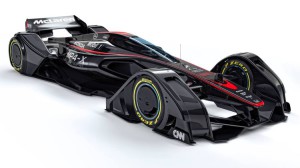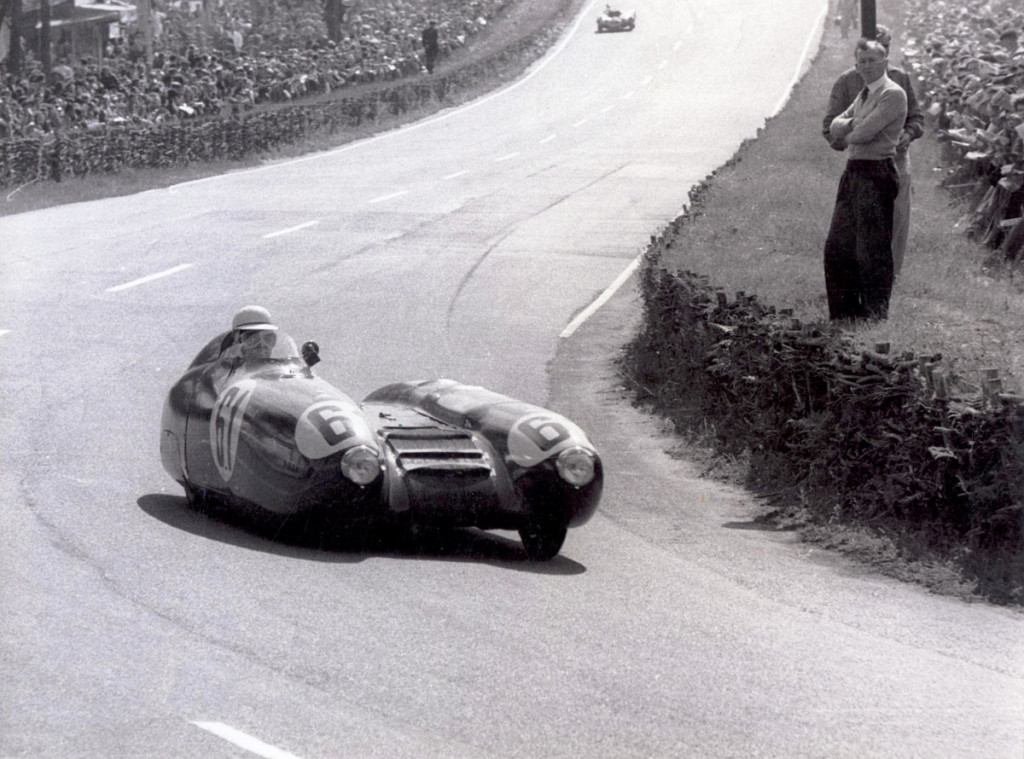Sports constantly evolve with technology. Instant replay, for instance, has been introduced to sports to review close plays. In tennis, line judges have the technology to review hotly contested calls in the most intense moments of the match. Even as medicine and sports science advance, the events become safer as the rules change to protect players— for instance, the NFL banning all chop blocks.
But what happens when technology changes the game so dramatically that it creates what amounts to a new sport altogether? Just look at RoboRace.
RoboRace, which is a partnership between investment fund Kinetic and electric racing organization Formula-E, hopes to bring autonomous vehicles to the race track The races would transfer the skill of the individual driver and pit crew to a team of engineers. Those teams would get the same vehicle machinery, but they would have to create their own algorithm to dictate how it behaves in a race.
With the organic human element taken out of the sport, would hundreds of fans pack raceways to see a race autonomous vehicles that only respond to a unique algorithm?
Ars Technica’s Jonathan M. Gitlin raises the point that this non-human element provides a unique opportunity. With essentially no need to be tethered to safety regulations— remember, there are no humans in these cars— the tracks themselves could be more experimental; the speeds could reach new highs. Or, as Gitlin puts it, the races could resemble the “wackier end of the Hot Wheels spectrum.”
The reaction is sure to be mixed, but what a conversation to have.



